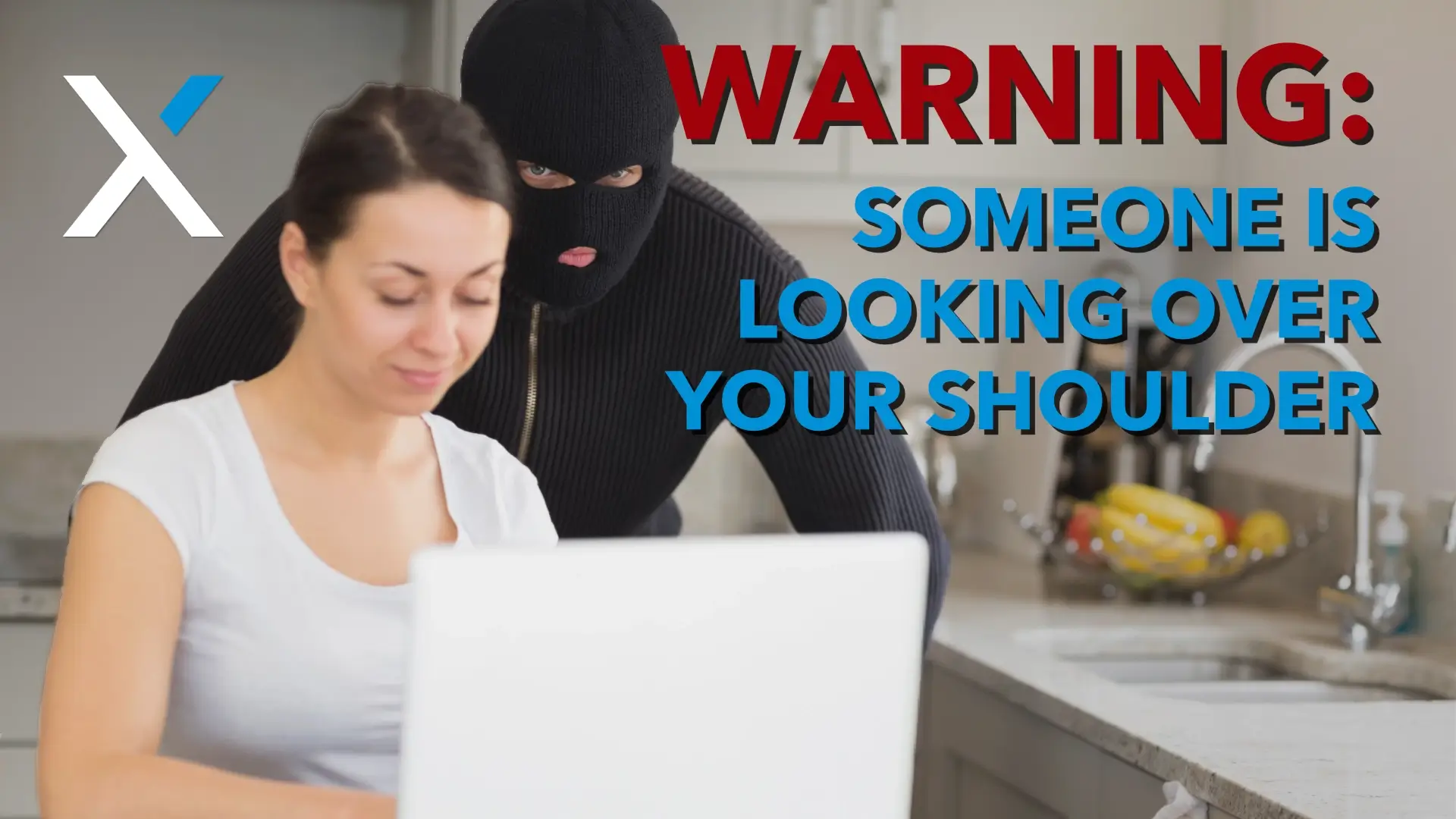You’ve got your laptop out at the coffee shop. You’re responding to patient inquiries, reviewing payroll reports, or finalizing your compliance checklist for the quarter. You’re focused.
But then that creeping sensation kicks in – the one where you just know someone’s eyeing your screen.
It’s not just uncomfortable. It’s a threat to your privacy and, depending on what’s onscreen, your professional integrity.
Microsoft sees that too (pun completely intended) and they’re quietly developing a solution that might help take one more weight off your shoulders.
A new Windows 11 feature called Onlooker Detection is being tested behind the scenes. It builds on a current tool called Presence Sensing, which already locks or dims your screen when you step away and wakes it back up when you return.
But this new layer adds something more proactive. If your laptop senses someone peering over your shoulder, it can either dim your screen to make it unreadable or flash a warning that you’ve got company. It does the thinking for you, no toggles or mouse clicks required.
New Tech, Not For Everybody
Now, let’s keep this real: it won’t work on just any old laptop.
This feature relies on a special presence sensor, what the tech folks call Human Presence Detection (HPD), that comes baked into some newer machines, especially those powered by Qualcomm, AMD, or Intel chips.
If you’re unsure whether your device supports it, you can check under Settings > System > Power & Battery.
Microsoft hasn’t officially launched this feature yet, but it’s been spotted in preview builds of Windows 11. All signs point to it being on the horizon.
Now, let’s talk about why Onlooker Detection matters.
If you’re like most business owners I serve across Los Angeles, you didn’t sign up to become a tech expert. You’re juggling regulatory paperwork, onboarding new hires, and trying to keep every promise you’ve made to your staff and your clients.
You might love the flexibility of working remotely or simply need to keep things moving between meetings and school pickups, but the last thing you want is someone catching a glimpse of confidential data you didn’t mean to share.
This kind of feature won’t solve every problem, but it’s a welcome step toward giving you more control in environments where you’re most vulnerable. Especially in a region like the San Fernando Valley, where so many professionals rely on their laptops in transit between client sites, satellite offices, and work-from-anywhere setups. Small privacy protections add up in big ways.
Of course, it’s not a substitute for a well-rounded cybersecurity plan. You still need to think about encrypted email, endpoint protection, and offsite backups. But features like Onlooker Detection show that privacy isn’t just for Fortune 500 companies anymore. It’s becoming accessible, thoughtful, and automatic.
If this update rolls out broadly, I’ll be encouraging every clinic director, law firm partner, and practice manager I serve to make sure their devices support it. Not just because it’s “cool” tech. Because in your world, a small breach can feel like a very public failure. And those moments of exposure? They stick.
You deserve tools that help you work confidently without feeling like you’re always one screen-share away from disaster. Whether you’re charting sensitive patient notes or reviewing employee performance metrics, privacy shouldn’t be a luxury. It should be baked in.
Microsoft’s getting closer to making that possible. If you’re not sure whether your current devices or your IT setup overall are keeping pace with today’s privacy needs, let’s talk. My team helps businesses across the Valley feel safer, clearer, and more in control of their tech every day.
No fluff. Just facts that feel right.
